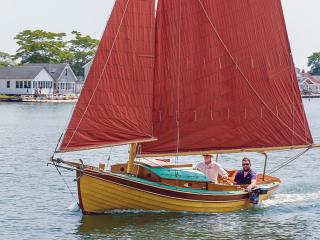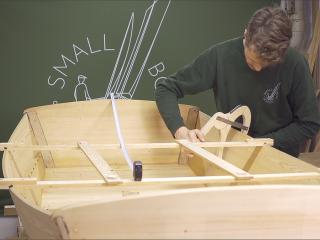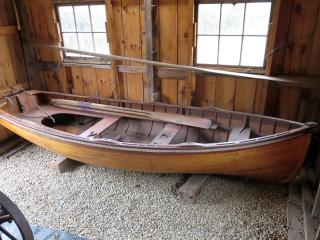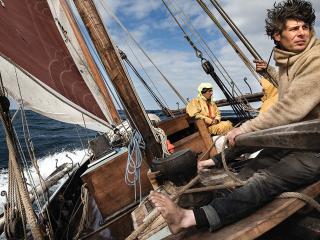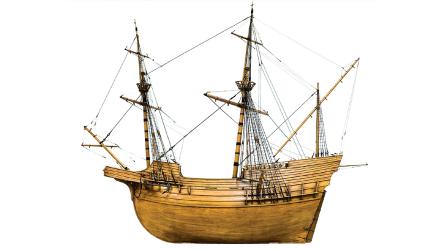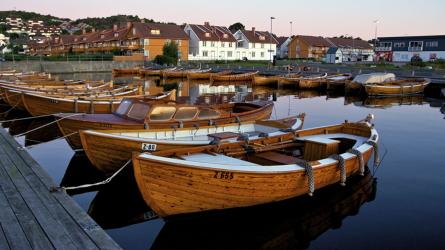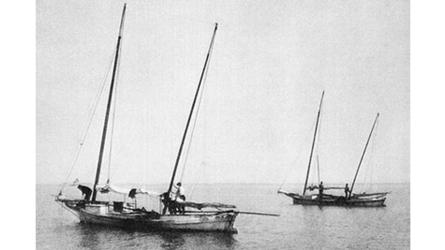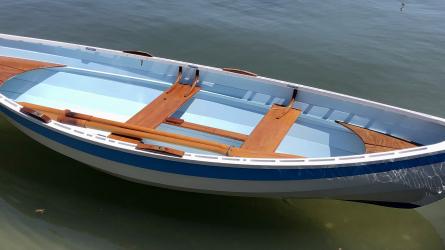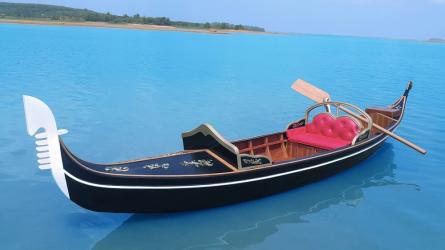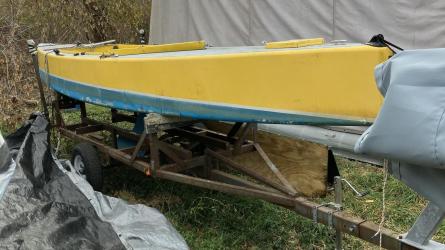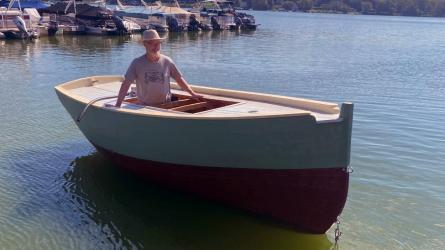March / April 2025
Biloxi Luggers
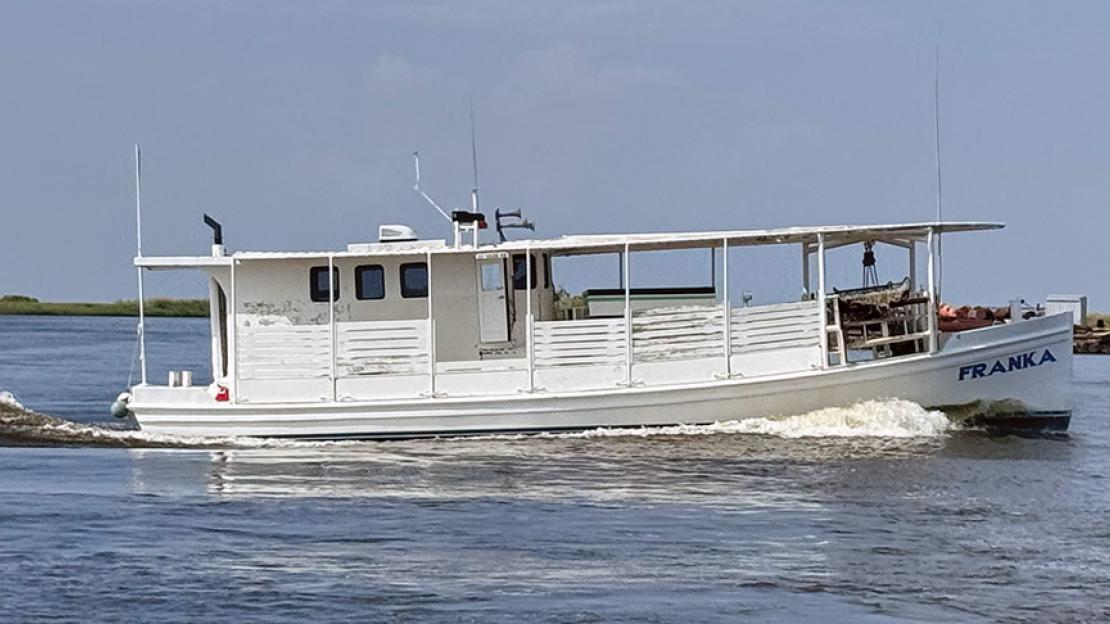
RANDY SLAVICH
Biloxi luggers continue a heritage that began with sailing vessels in the middle of the 19th century. FRANKA, based in Bayou la Loutre, Louisiana, was built in 1950 at a Biloxi, Mississippi, boatyard established in 1896 by Jacky Jack Covacevich, one of the region’s many Croatian immigrants. The boat was built for the grandfather of her current owner, Randy Slavich.
You can still find the old girls, though their numbers—once in the hundreds—have dwindled to a few dozen. South of New Orleans, Louisiana, traditional wooden luggers tie up at Empire, Buras, St. Bernard Parish, and other oystering ports deep down in the Mississippi River Delta in shrimpers’ enclaves from Bayou Lafourche east to Biloxi, Mississippi, and you see them in yacht marinas along the northern rim of the Gulf of Mexico. On a fair day, you can see luggers towing oyster dredges near the Chandeleur Islands east of the Delta or dragging shrimp nets. You might spot one of their yachty cousins on a family cruise to the nature preserve at Deer Island off Biloxi or the red-brick bastion of the Civil War–era fort on Ship Island south of Gulfport.
Many of the luggers’ builders and crews are descendents of about 20,000 Croatians who emigrated to the Gulf Coast of the United States, mostly between 1865 and 1915. They brought their heritage of watercraft and commercial fishing with them from the Dalmatian Coast of the Adriatic Sea, and they took the local seafood industry by storm. The immigrants settled in stilt houses above the swamps in the eastern Delta and along the Gulf Coast, where they were known as Dalmatians, Slavonians, or even Austrians.
“Here in southern Louisiana, I’m what y’all might call a ‘tako,’” (pronounced “talk-oh”), says 69-year-old Capt. Dave Cvitanovich. “It’s because when people ask Croatians how it’s going, we tend to say, ‘Tako, tako,’ which means in the Croatian language, ‘a little of this, a little of that.’ You hear me?”
Like a lot of people in the Croatian and Cajun communities of the Gulf Coast, Cvitanovich learned the ways of muddy water early in life. At 17, he began working as the captain of his family’s lugger, dredging oysters out of his hometown of Buras in the Mississippi River Delta.
To read the rest of this article:
Click the button below to log into your Digital Issue Access account.
No digital access? Subscribe or upgrade to a WoodenBoat Digital Subscription and finish reading this article as well as every article we have published for the past 50-years.
ACCESS TO EXPERIENCE
2-for-1 Print & Digital Subscription Offer
For this holiday season, WoodenBoat is offering our best buy one, get one deal ever. Subscribe with a print & digital subscription for $42.95, and we’ll give you a FREE GIFT SUBSCRIPTION to share with someone special.
1 YEAR SUBSCRIPTION (6 ISSUES)
PLUS ACCESS TO MORE THAN 300 DIGITAL BACK ISSUES
PRINT+DIGITAL $42.95
Subscribe
To read articles from previous issues, you can purchase the issue at The WoodenBoat Store link below.
 Purchase this issue from
Purchase this issue from
